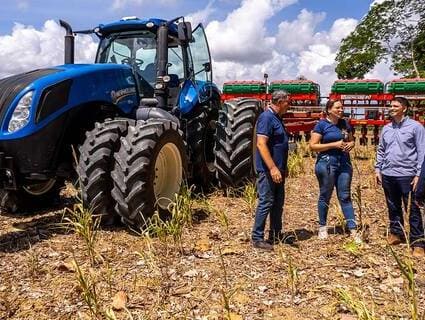Poultry power: How chicken, eggs hatch hope for farmers
Read Time: 3 minutes
July 10, 2023
Imagine living on less than $2 per day.
This is reality for 85% of livestock farmers around the world. Many small- and medium-scale producers earn an income that makes it difficult to cover basic needs like food, shelter and education for their children.
For women like Chitta Soren, a poultry farmer in India, raising chickens brightens her future.
It all started three years ago, when Chitta enrolled in Hatching Hope — Cargill and Heifer International’s global initiative to improve people’s economic livelihoods and nutrition through poultry farming.
Chitta wanted to earn extra money for her rural household so she could invest in her education to become a physical trainer.
Her decision to raise livestock was a significant one. Today, Chitta is expecting to sell 100 chickens in her community, raising her family's income from $50 to over $400.
“I want to be seen as an income earner,” Chitta says.
Outcomes like these not only improve nutrition in rural communities, in keeping with cultural and dietary standards, but also provide additional sources of income for new goals — like expanding participants’ business and financial education — and withstanding climate shocks when other crops wouldn’t survive.
“Through Hatching Hope, we’re investing in smart, resourceful farmers, many of them women, youth or other groups who are often marginalized,” says Marleen New, who supports Hatching Hope for Heifer International. “We are working with them to improve their products and provide access to new markets.”
Why chickens?
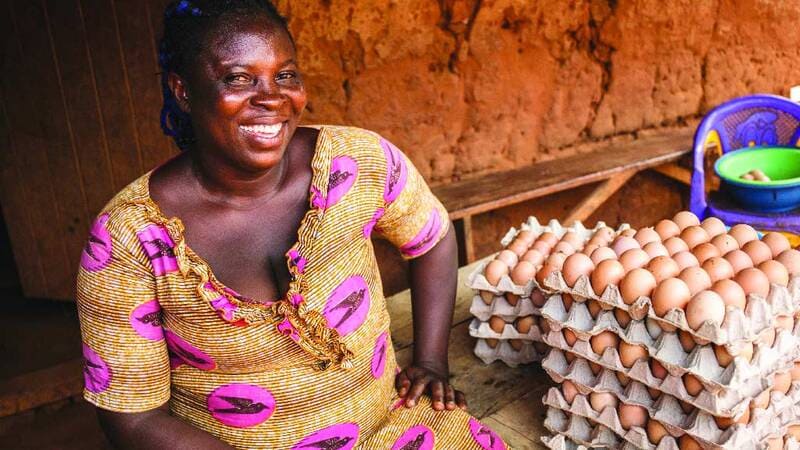 Hatching Hope improves the livelihoods of people worldwide — lifting up women, families, communities and economies.
Hatching Hope improves the livelihoods of people worldwide — lifting up women, families, communities and economies.
Cargill and Heifer International created Hatching Hope to connect farmers, markets and consumers. The initiative builds stronger food systems in places like Kenya, Mexico and India to improve farmer livelihoods and local food security.
The goal? Improve nutrition and economic livelihoods by reaching 100 million people by 2030 — all through the production, promotion and consumption of poultry.
It works like this:
- The Hatching Hope team connects with non-profit organizations, community groups, local governments, industry partners or others to start a local project.
- Gaps in the local supply chain are assessed.
- Based on local strengths and opportunities, communities are equipped with training on livestock management, animal health and welfare, business skills, tools to respond to or build local demand, and more.
But why chickens? Because chicken delivers a quicker rate of return with a relatively low environmental impact, farmers don’t have to wait as long to see results and reinvest in strengthening their businesses and their futures.
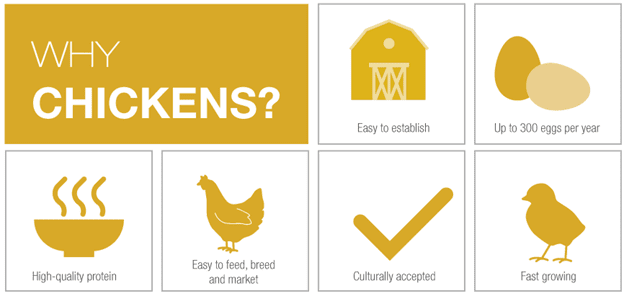
And the results are telling:
- Participants’ household income from livestock and byproducts have nearly tripled.
- Egg production has increased by 11 percent.
- Affordable and accessible financial resources are available.
- Progress has been made on seven of the United Nation’s Sustainable Development Goals.
More than poultry farming
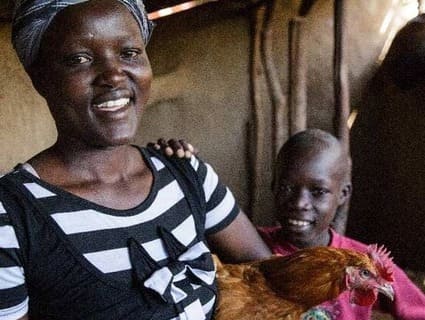 In 2017 Cargill and Heifer partnered on an initiative in China to equip 450 women-led poultry farms with chicks, training and access to nutritional expertise and other services. The success of that project became the inspiration for Hatching Hope.
In 2017 Cargill and Heifer partnered on an initiative in China to equip 450 women-led poultry farms with chicks, training and access to nutritional expertise and other services. The success of that project became the inspiration for Hatching Hope.
Helping farmers increase their income and communities consume more protein was only a starting point.
Now, Hatching Hope is focused on growth.
With partners like the Walmart Foundation, Hatching Hope is funding new projects to generate income and grow programs in other markets like India and Mexico. Together, we helped develop para-vets — a support system that helps vaccinate poultry and improve bird health.
Hatching Hope is also creating public information campaigns to help farmers keep their livestock healthy and engaging farmers through Digital Saathi, a Cargill-developed platform that advises India’s small-scale farmers.
“We are looking for more partners — customers, NGOs and others investing in social sustainability,” says Deanna Petersen, who leads Hatching Hope for Cargill. “We want to work together to reach more communities with this market-based approach to improving local food security and improving farmer livelihoods.”
Farmers improving their family’s nutrition and diversifying their income. Communities increasing their resilience. Feed millers and para-vets growing their local businesses. And consumers having more protein options at mealtimes.
That’s the power of poultry.
More stories
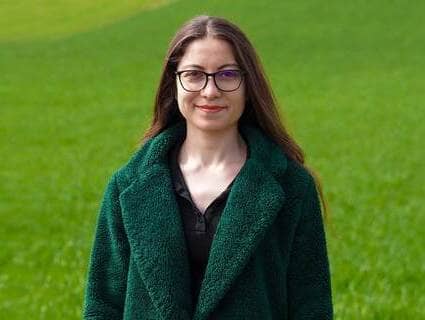
Growing regenerative agriculture — 1,000 farmers at a time
The 1,000 Farmers Endless Prosperity Program in Türkiye connects farmers to regenerative agriculture practices and brings new possibilities to their operations.
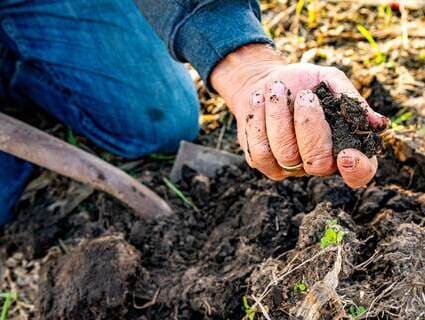
Digging in: Cargill’s regenerative agriculture program brings healthier soil and profits to more European, U.S. farmers
Cargill’s RegenConnect® program is building on its success in North America to expand to more U.S. states and Europe
Healthy soil, water and farmland: How we’re building sustainable supply chains
From corn fields in Nebraska to schools in Indonesia, Cargill is working to create more sustainable supply chains around the globe.


